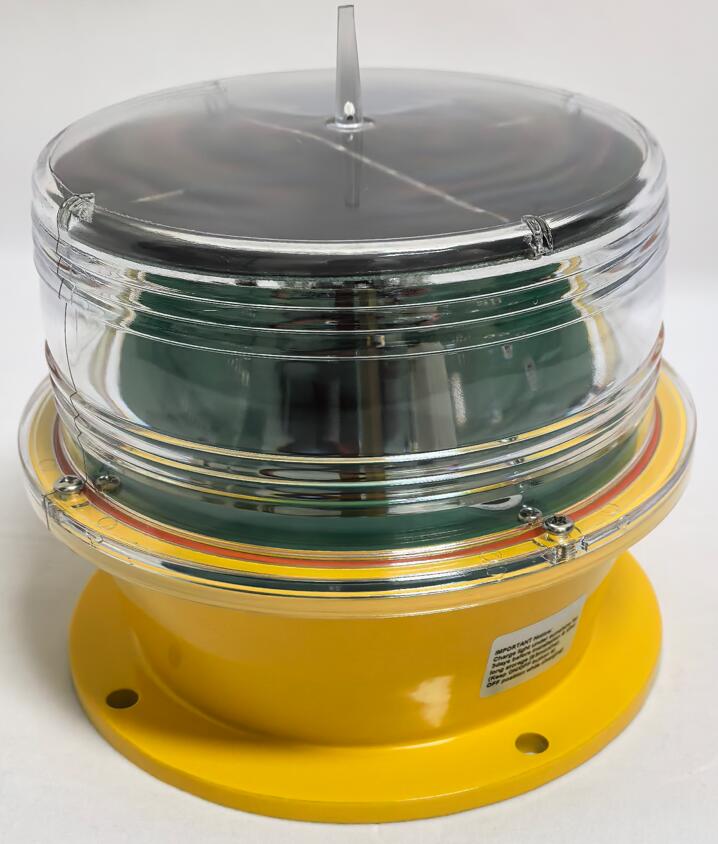Harnessing the Sun: The Rise of Solar Nautical Lanterns in Maritime Navigation
In the vast and unpredictable world of maritime navigation, safety and reliability are paramount. Among the many tools that ensure the safe passage of vessels, solar nautical lanterns have emerged as a game-changer. These innovative devices, powered by renewable energy, are revolutionizing the way we approach maritime safety. This article explores the significance, technology, and future of solar nautical lanterns in modern navigation.
The Role of Solar Nautical Lanterns
Solar nautical lanterns are specialized lighting devices designed to mark navigational hazards, such as buoys, beacons, and offshore structures. Their primary function is to provide visible signals to mariners, helping them navigate safely through treacherous waters, especially during nighttime or adverse weather conditions. By harnessing solar energy, these lanterns offer a sustainable and reliable solution for maritime lighting needs.
Advantages of Solar Nautical Lanterns
The adoption of solar nautical lanterns brings several advantages over traditional lighting systems:
Sustainability: Solar nautical lanterns are powered by renewable energy, reducing the reliance on fossil fuels and minimizing the environmental impact. This aligns with global efforts to promote sustainability and reduce carbon footprints.

Cost-Effectiveness: Once installed, solar nautical lanterns have minimal operational costs. They do not require external power sources or frequent battery replacements, making them a cost-effective solution for long-term use.
Reliability: Equipped with advanced battery storage systems, solar nautical lanterns can operate continuously, even during periods of low sunlight. This ensures consistent performance and reliability, crucial for maritime safety.
| Solar Nautical Lanterns |
Low Maintenance: Solar nautical lanterns are designed for durability and require minimal maintenance. Their robust construction withstands harsh marine environments, reducing the need for frequent repairs and replacements.
Technological Innovations
The field of solar nautical lanterns has seen significant technological advancements in recent years. Modern lanterns are equipped with high-efficiency solar panels and long-lasting LED lights, which offer several benefits:
| Solar Nautical Lantern |
High-Efficiency Solar Panels: These panels capture and convert sunlight into electrical energy with remarkable efficiency, ensuring that the lanterns remain operational even in low-light conditions.
LED Technology: LEDs are energy-efficient, have a longer lifespan, and provide bright, consistent illumination. This makes them ideal for maritime applications where reliability is crucial.
Smart Features: Some solar nautical lanterns are equipped with smart features such as remote monitoring and control. These systems can automatically adjust brightness based on ambient light conditions and provide real-time status updates, enhancing their performance and ease of use.
Applications of Solar Nautical Lanterns
Solar nautical lanterns are used in various maritime applications, including:
Buoys and Beacons: These lanterns are commonly installed on buoys and beacons to mark navigational channels, hazards, and safe passages. They provide visible signals to mariners, ensuring safe navigation through complex waterways.
Offshore Structures: Solar nautical lanterns are also used on offshore platforms, wind turbines, and other structures to mark their presence and prevent collisions with vessels.
Ports and Harbors: In ports and harbors, solar nautical lanterns are used to mark docks, piers, and other critical infrastructure, enhancing safety during nighttime operations.
Regulatory Compliance
The installation and operation of solar nautical lanterns are governed by international maritime regulations, such as those set forth by the International Maritime Organization (IMO) and the International Association of Lighthouse Authorities (IALA). These regulations specify the type, intensity, and placement of nautical lights to ensure uniformity and effectiveness in maritime navigation. Compliance with these standards is essential to ensure the safety of vessels and avoid legal repercussions.
Environmental Impact
Solar nautical lanterns contribute to environmental conservation by reducing the reliance on non-renewable energy sources and minimizing light pollution. Their eco-friendly design aligns with global initiatives to promote sustainable practices in the maritime industry. Additionally, the use of LEDs reduces energy consumption and extends the lifespan of the lanterns, further enhancing their environmental benefits.
Future Prospects
As the maritime industry continues to embrace sustainable practices, the demand for solar nautical lanterns is expected to grow. Future developments may include the integration of advanced energy storage systems, such as lithium-ion batteries, to enhance performance and reliability. Additionally, the use of artificial intelligence (AI) and machine learning could enable predictive maintenance, ensuring that solar nautical lanterns operate optimally and reducing downtime.
Solar nautical lanterns are revolutionizing maritime navigation by providing a sustainable, reliable, and cost-effective solution for marking navigational hazards. As technology continues to advance, these lanterns will become even more efficient and intelligent, further enhancing their role in maritime safety. In a world where sustainability and safety are paramount, solar nautical lanterns are illuminating the path to a brighter and safer future for maritime navigation.
In summary, solar nautical lanterns are a testament to the power of innovation and sustainability. From marking buoys to guiding vessels through treacherous waters, these devices are indispensable in modern maritime navigation. As we look to the future, continued advancements in solar nautical lantern technology will be essential to meet the growing demands of a rapidly changing world, ensuring that our oceans remain safe and navigable for generations to come.
